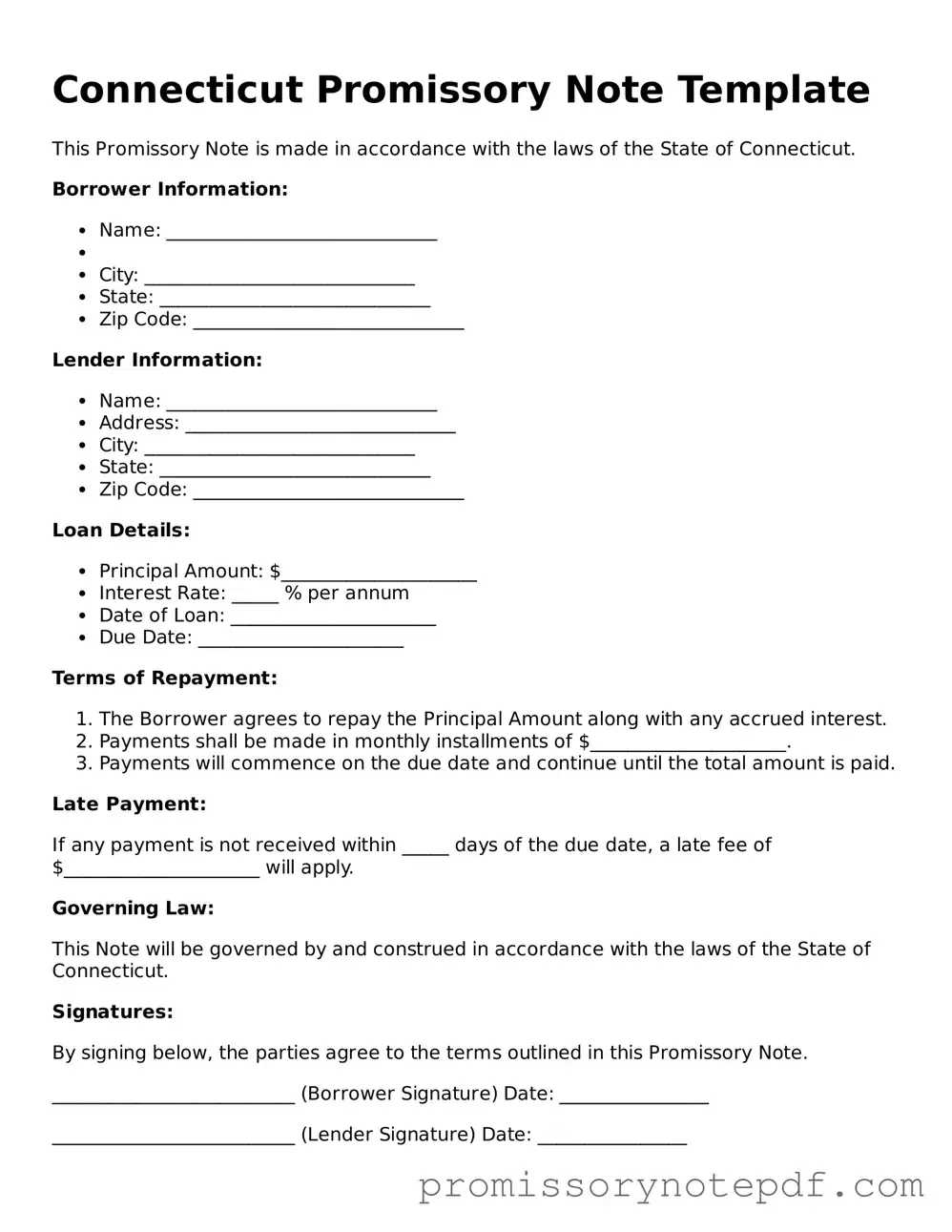A promissory note is a financial instrument that embodies a promise to pay a specified sum of money to a designated party at a predetermined time or on demand. One document similar to a promissory note is a loan agreement. Like a promissory note, a loan agreement outlines the terms of borrowing money, including the amount, interest rate, repayment schedule, and consequences for default. However, a loan agreement often contains more detailed provisions regarding the rights and obligations of both the borrower and the lender, making it a more comprehensive document.
A personal guarantee is another document that shares similarities with a promissory note. This document involves a promise made by an individual to assume responsibility for the debt of another party. In essence, a personal guarantee can serve as a backup for a promissory note, providing additional security to the lender. If the borrower fails to repay the loan, the lender can pursue the guarantor for payment, just as they would with the borrower.
A mortgage note is closely related to a promissory note, particularly in real estate transactions. This document serves as a written promise to repay a loan used to purchase real property. The mortgage note specifies the loan amount, interest rate, and payment terms. It also typically includes provisions for foreclosure, should the borrower default. In this way, the mortgage note functions similarly to a promissory note but is specifically tied to real estate financing.
An IOU, or "I owe you," is an informal document that acknowledges a debt. While it lacks the formal structure of a promissory note, an IOU serves a similar purpose by recognizing that one party owes money to another. An IOU may not include the same level of detail regarding repayment terms or interest rates, but it still establishes a debtor-creditor relationship akin to that found in a promissory note.
A conditional sales agreement is another document that bears resemblance to a promissory note. This type of agreement allows a buyer to take possession of goods while making payments over time. If the buyer fails to make payments, the seller retains the right to reclaim the goods. Like a promissory note, a conditional sales agreement outlines the terms of payment, but it also incorporates elements of property law, as it involves the transfer of ownership contingent upon payment.
A credit agreement is a formal document that outlines the terms and conditions under which a lender provides credit to a borrower. Similar to a promissory note, it details the amount of credit extended, repayment terms, and interest rates. However, credit agreements may cover a broader range of financial products and include additional covenants and requirements that the borrower must adhere to, making it a more complex document.
A lease agreement is another document that shares some similarities with a promissory note, particularly in commercial contexts. A lease agreement outlines the terms under which one party rents property from another. It includes payment terms, duration, and responsibilities of both parties. While a lease does not constitute a loan, the payment obligations can resemble those found in a promissory note, as both involve a commitment to pay a specified amount over time.
Finally, a bond can be compared to a promissory note, especially in the context of government and corporate financing. A bond represents a loan made by an investor to a borrower, typically a corporation or government entity. Like a promissory note, it specifies the amount borrowed, the interest rate, and the repayment schedule. However, bonds are often issued in larger denominations and may be traded on secondary markets, adding layers of complexity not typically found in a simple promissory note.
